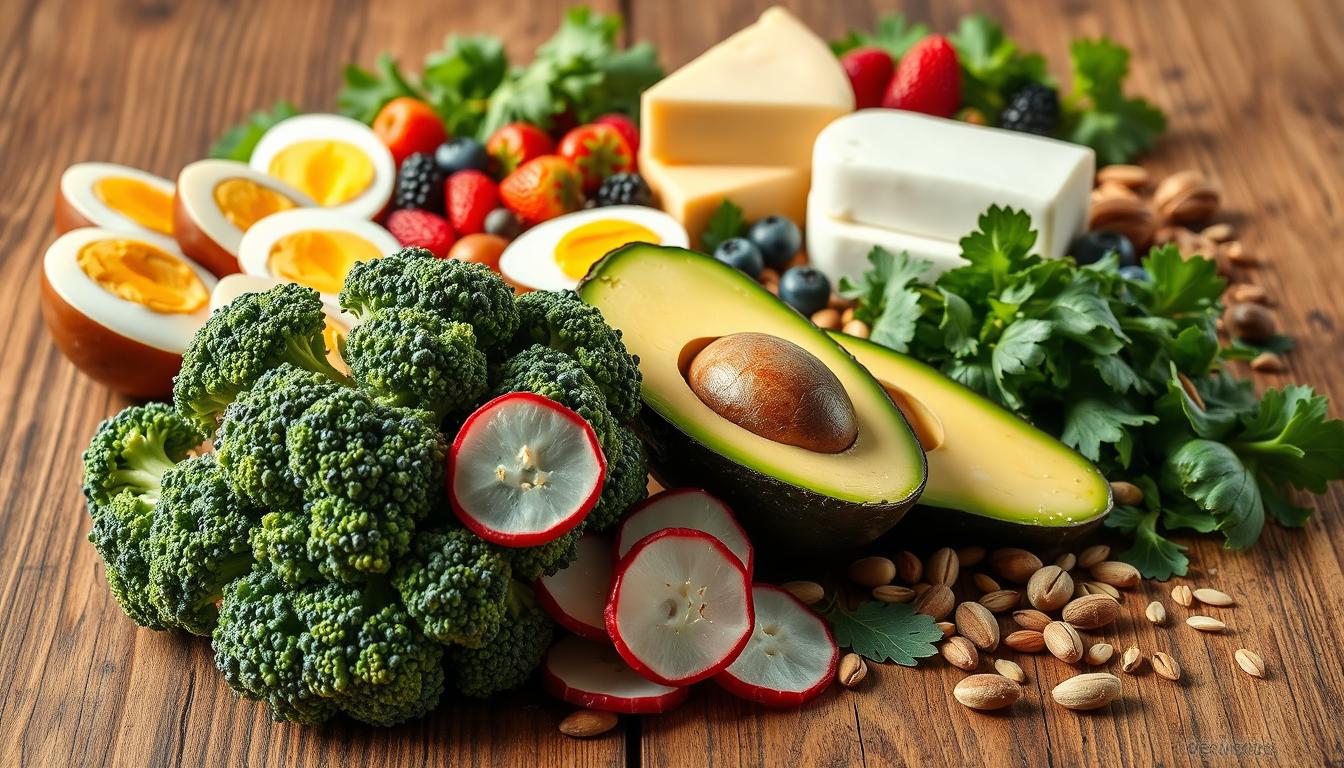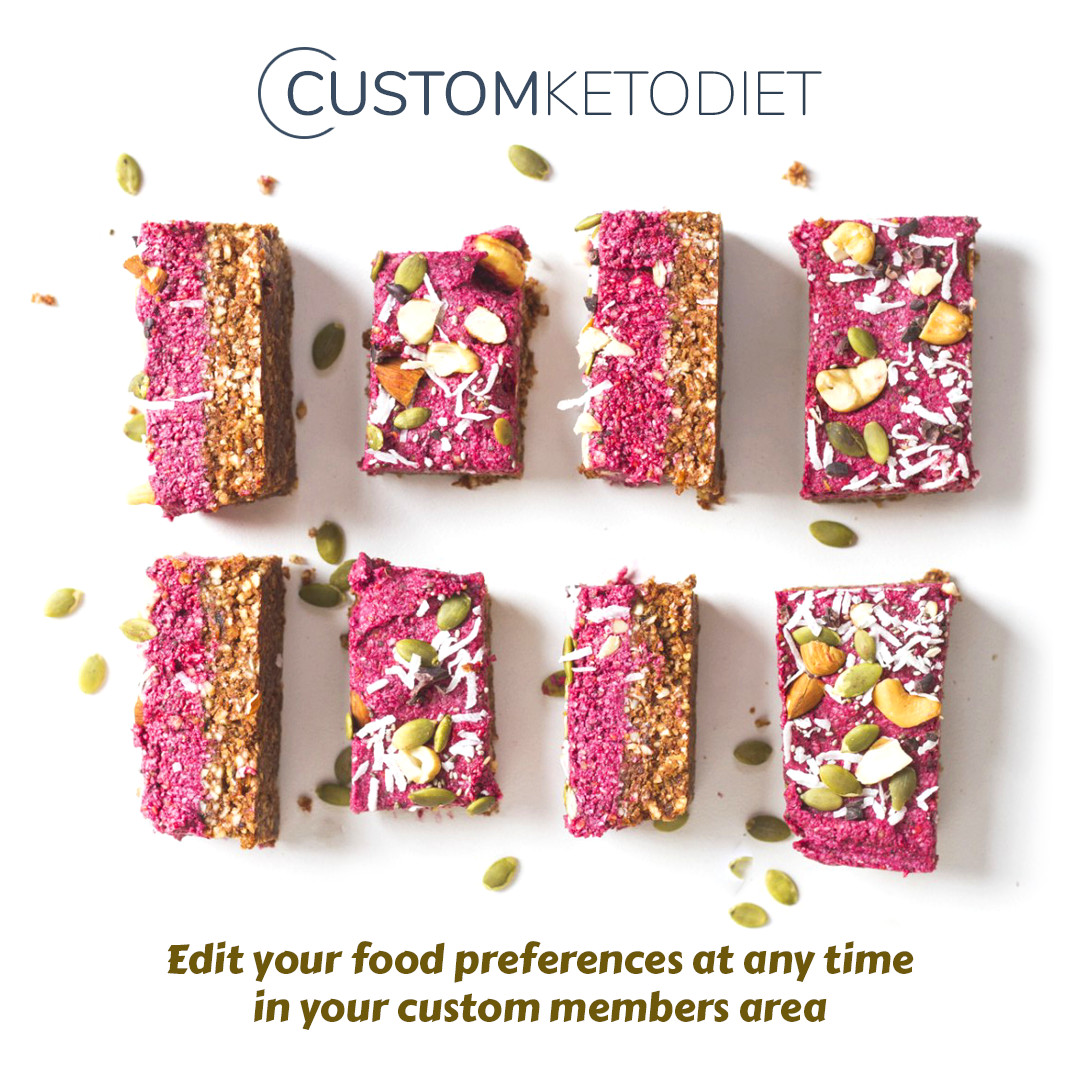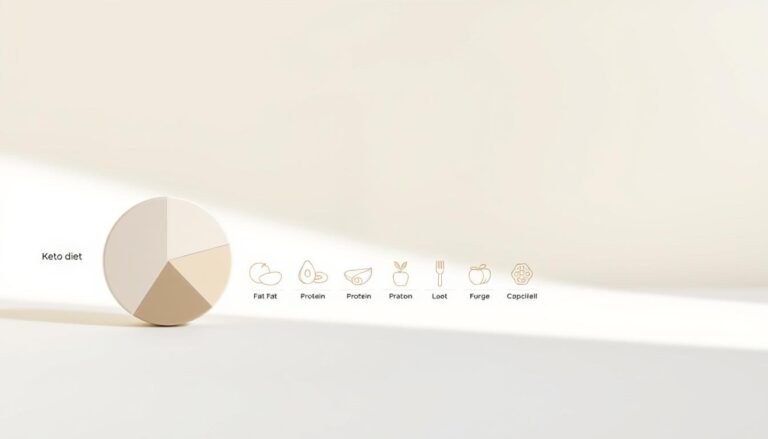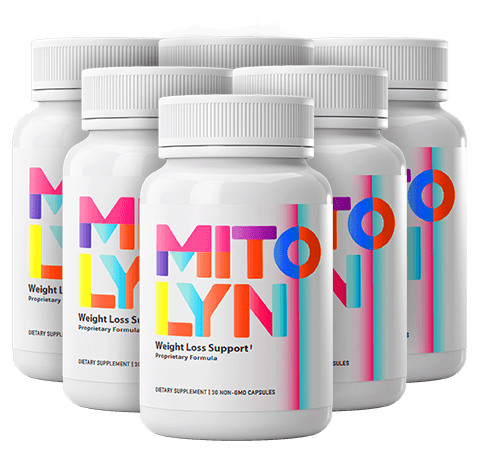
Many people wonder if you can eat carbs on the keto diet. The answer is not a simple yes or no. It’s important to understand keto diet carbs to succeed.
To do well on the keto diet, you need to know how to handle carbs. In this article, we’ll tell you the truth about carbs on keto. We’ll give you the info you need to make smart diet choices. This article is for both newbies and experienced keto dieters. It will guide you through keto diet carbs and help you reach your health goals.
Understanding the Basics of the Ketogenic Diet
The ketogenic diet is also known as a low carb high fat diet. It puts your body into a state called ketosis. This is when your body uses fat for energy instead of carbs.
To get into ketosis, you need to know about macronutrients. They are carbs, proteins, and fats. These nutrients affect how your body gets energy.
Carb restriction is a big part of the ketogenic diet. By eating fewer carbs, your body looks for other energy sources. This leads to ketosis, where your body uses fat to make ketones for energy.
What is Ketosis?
Ketosis is when your body uses fat for energy. It happens when you eat fewer carbs. Your liver then makes ketones from fat, which your body uses for energy.
The Role of Macronutrients
Macronutrients like carbs, proteins, and fats are key in the ketogenic diet. Changing how much of each you eat can help you get into ketosis. A diet high in fat and low in carbs is one way to do this.
Why Carb Restriction Matters
Limiting carbs is crucial for ketosis and the diet’s benefits. It lowers insulin, boosts fat breakdown, and increases ketone production. This can improve blood sugar, energy, and mental focus.
- Improved blood sugar control
- Increased energy
- Enhanced mental clarity
- Reduced inflammation
- Improved weight management
Knowing the ketogenic diet basics and carb restriction helps you make better food choices. This can help you reach your health and wellness goals.
Can You Eat Carbs on Keto?
Many wonder if you can eat carbs on keto. The answer is yes, but it’s about strategic carb intake. Carb cycling on keto boosts athletic performance and mental clarity. It also supports overall health.
By adding carb cycling on keto to your diet, you get more energy. You also see better physical performance.
Some benefits of carb cycling on keto include:
- Improved athletic performance
- Increased energy levels
- Enhanced mental clarity
Carb cycling on keto isn’t about eating lots of carbs. It’s about strategically timing your carb intake. This way, you can reach your goals. It helps you balance your keto lifestyle with your health.
Types of Carbohydrates on the Ketogenic Diet
Understanding carbs on the ketogenic diet is key to success. It’s important to know the difference between net carbs and total carbs. Net carbs affect blood sugar more, found by subtracting fiber from total carbs.
Fiber is crucial in the keto diet. It doesn’t raise blood sugar and is good for you. Foods like veggies and nuts are high in fiber and good for keto.
Net Carbs vs. Total Carbs
Knowing net carbs vs. total carbs helps you choose better foods on keto. Focusing on net carbs keeps you within carb limits while getting needed nutrients.
Impact of Fiber on Ketosis
Fiber greatly affects ketosis by controlling blood sugar and making you feel full. Foods like avocados and berries are good for keto. They offer the best carbs and support health.
Sugar Alcohols and Their Effects
Sugar alcohols like xylitol and erythritol are used in low-carb foods. They help cut carbs but should be used carefully. They’re part of a balanced keto diet.
The Science Behind Carb Limits in Ketosis
Understanding carbs is key to ketosis. A keto diet aims to burn fat for energy, not carbs. To do this, you must limit carbs to keep ketosis going.
Carb limits help the body switch from carb to fat burning. This change lowers insulin and raises glucagon. These hormones help make ketones. By eating fewer carbs, you enter ketosis, burning fat for energy and losing weight.

- Net carbs vs. total carbs: knowing the difference helps you choose the right carbs.
- Fiber intake: fiber is good for blood sugar and digestion but affects ketosis too.
- Sugar alcohols: these sweeteners can impact carb intake and ketosis, so use them sparingly.
Understanding carb limits in ketosis helps you make better diet choices. It’s all about finding the right balance and watching carb intake to stay in ketosis.
Best Sources of Carbohydrates for Keto Dieters
Choosing whole, nutrient-dense foods is key for keto dieters. Yes, you can eat carbs on keto, but pick the right ones. A good keto diet helps your body burn fat instead of carbs.
Low-Carb Vegetables
Low-carb veggies are full of vitamins, minerals, and fiber. Here are some top picks for keto dieters:
- Leafy greens like spinach, kale, and lettuce
- Broccoli, cauliflower, and other cruciferous veggies
- Avocado, a great source of healthy fats and fiber
Keto-Friendly Fruits
Some fruits are low in carbs and high in fiber and antioxidants. Here are the best ones for keto dieters:
- Berries like strawberries, blueberries, and raspberries
- Citrus fruits like lemons, limes, and oranges
- Avocados, also packed with healthy fats
Nuts and Seeds
Nuts and seeds are full of healthy fats, protein, and fiber. They’re a great keto option. Here are some top picks:
| Nut/Seed | Carb Count (per 1 oz serving) | Fiber Content (per 1 oz serving) |
|---|---|---|
| Almonds | 6g | 3.5g |
| Chia seeds | 4g | 10g |
| Flaxseeds | 4g | 8g |

Signs You’re Eating Too Many Carbs
Following a keto diet means watching your carb intake closely. Eating too many keto diet carbohydrates can slow down your progress. It also makes it hard to get into ketosis. A low carb high fat diet needs careful planning to keep the right balance.
Some common signs you’re eating too many carbs include:
- Weight gain or stalled weight loss
- Increased blood sugar levels
- Decreased ketone production
- Increased cravings for carbohydrate-rich foods
To get back on track, you need to check your diet and make changes. This might mean eating fewer carbs or changing your macronutrient ratios. By watching your keto diet carbohydrates and sticking to a low carb high fat diet, you can reach ketosis and meet your health goals.
Strategic Carb Cycling on the Keto Diet
Many people find keto diet carb intake easier with carb cycling on keto. It boosts mental clarity, supports muscle growth, and improves health. This method is great for athletes and anyone looking to feel better.
To start carb cycling on keto, know the benefits and make a plan that fits your life. Some key benefits are:
- Improved athletic performance
- Enhanced mental clarity and focus
- Support for muscle growth and recovery
Here’s how to plan a carb cycling protocol:
- Set your daily keto diet carb intake goals
- Choose the days for cycling carbs
- Make a meal plan for carb cycling on keto
Adding carb cycling on keto to your life can be very rewarding. It helps manage carbs in a healthy way. Always drink plenty of water, listen to your body, and tweak your plan as needed for the best results.
Common Mistakes When Managing Carbs on Keto
Managing carbs on a keto diet can be tricky. Many people make mistakes that slow down their progress. One big error is eating too many hidden carbs. These can be found in sauces, condiments, and some nuts. It’s key to read food labels and keep track of what you eat.
Another mistake is not changing carb amounts based on your needs. What works for one person might not work for you. Your age, sex, and how active you are can affect how many carbs you need. Finding the best carbs for keto and adjusting your diet can help you succeed.
Some common mistakes to watch out for include:
- Not tracking macronutrient intake
- Consuming too many hidden carbs
- Not adjusting carb ratios based on individual needs
Knowing these mistakes and avoiding them can help you get the best carbs for keto. Always plan carefully and track your intake. This will help you stay healthy and reach your keto goals.

Hidden Carbs to Watch Out For
When you’re on a ketogenic diet, watching your carb intake is key. Knowing how many carbs you can have is important to stay in ketosis. Even foods that seem okay can have a lot of carbs, so always check the labels.
To keep your carb count low, you need to know where carbs hide. Foods like sauces, condiments, and low-fat dairy can have a lot of carbs. Reading labels carefully helps you make better choices.
Surprising Sources of Carbohydrates
- Sugary drinks and flavored waters
- Low-fat dairy products, such as milk and yogurt
- Sauces and condiments, like ketchup and BBQ sauce
- Processed meats, such as sausages and bacon
Reading Food Labels Effectively
When you read labels, pay attention to serving sizes and carb counts. Look out for carbs like sugar, starch, and fiber. Some foods might have carbs that can mess with your diet. By knowing this, you can stay on track with your keto diet.
Knowing how many carbs you can have and spotting hidden carbs is key to a successful keto diet. By carefully reading labels and watching your carb intake, you can keep your body in ketosis. This helps you succeed on your keto journey.
| Food | Carb Content |
|---|---|
| Sugary drinks | 30-40 grams per serving |
| Low-fat dairy products | 10-20 grams per serving |
| Sauces and condiments | 5-10 grams per serving |
Tools and Tips for Tracking Carb Intake
Tracking carb intake is key for a successful keto diet. With many keto friendly carb options, it’s hard to keep track. Luckily, there are tools and tips to help.
Using a keto tracking app is a great way to track carbs. These apps let you log your food, track nutrients, and set carb limits. MyFitnessPal and Carb Manager are popular choices.
Best Apps for Keto Tracking
- MyFitnessPal: a comprehensive food database and easy-to-use interface
- Carb Manager: a keto-specific app with a large food database and customizable tracking features
Measuring and portion control are also key. Using a food scale and measuring cups helps you eat the right carbs.
Measuring and Portion Control
Measuring and portion control help you stay within carb limits. They also help you make better food choices. With these tools and a keto app, you can track carbs well and reach your keto goals.
| Tool | Description |
|---|---|
| Keto Tracking App | Logs food intake, tracks macronutrients, and sets daily carb limits |
| Food Scale | Measures food portions to ensure accurate carb tracking |
| Measuring Cups | Measures food portions to ensure accurate carb tracking |
Adapting Your Carb Intake for Different Activity Levels
When you’re on the keto diet, your activity level matters. You can eat carbs on keto, but it depends on your needs. Sedentary people focus on a balanced diet with less carbs to get into ketosis.
For those who are moderately active, increasing carb intake is key. You can add low-carb veggies and nuts to your meals. Highly active people might need even more carbs to keep up with their energy needs.
Here are some general guidelines for carb intake based on activity level:
- Sedentary: 20-50 grams of net carbs per day
- Moderately active: 50-100 grams of net carbs per day
- Highly active: 100-150 grams of net carbs per day
Remember, everyone’s body is different. It’s important to listen to your body and adjust as needed. By matching your carb intake to your activity level, you can get the most from your keto diet and reach your health goals.
| Activity Level | Carb Intake | Example Foods |
|---|---|---|
| Sedentary | 20-50g | Leafy greens, avocado, nuts |
| Moderately active | 50-100g | Low-carb vegetables, fruits, whole grains |
| Highly active | 100-150g | Sweet potatoes, whole grains, legumes |
Conclusion: Making Smart Carb Choices on Your Keto Journey
Starting your low carb high fat diet journey is exciting. It’s key to watch your ketogenic diet carb intake for health and fitness goals. The keto diet might seem strict, but it opens up a world of tasty, healthy foods.
Learning about carbs in ketosis and carb cycling helps find the right balance. Keep track of your macros and try new low-carb foods. With effort and patience, you’ll see better energy, clearer mind, and overall health.
Your keto journey is special, and success comes from smart choices. Be flexible with the keto diet and adjust carbs as needed. Enjoy every step and celebrate your progress.















